Meet another Great Initiate-Teachers
THE COMTE DI CAGLIOSTRO
or in Spanish Leon....maybe 

THE COMTE DI CAGLIOSTRO
The "divine" Cagliostro, one moment the idol of Paris, the next a lonely prisoner in a dungeon of the Inquisition, passed like a meteor across the face of France. According to his memoirs written by him during his confinement in the Bastille, Alessandro Cagliostro was born in Malta of a noble but unknown family. He was reared and educated in Arabia under the tutelage of Altotas, a man well versed in several branches of philosophy and science and also a master of the transcendental arts. While Cagliostro's biographers generally ridicule this account, they utterly fail to advance in its stead any logical solution for the source of his magnificent store of arcane knowledge.
Sincere investigators of the facts surrounding the life and mysterious "death" of Cagliostro are of the opinion that the stories circulated against him may be traced to the machinations of the Inquisition, which in this manner sought to justify his persecution. The basic charge against Cagliostro was that he had attempted to found a Masonic lodge in Rome--nothing more. All other accusations are of subsequent date. For some reason undisclosed, the Pope commuted Cagliostro's sentence of death to perpetual imprisonment. This act in itself showed the regard in which Cagliostro was held even by his enemies. .
While his death is believed to have occurred several years later in an Inquisitional dungeon in the castle of San Leo, it is highly improbable that such was the case


After creating his Egyptian Rite, Cagliostro declared that since women had been admitted into the ancient Mysteries there was no reason why they should be excluded from the modem orders.





 ).
).




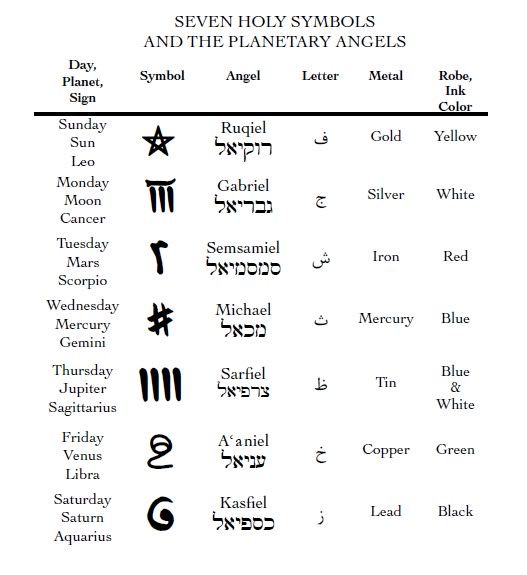









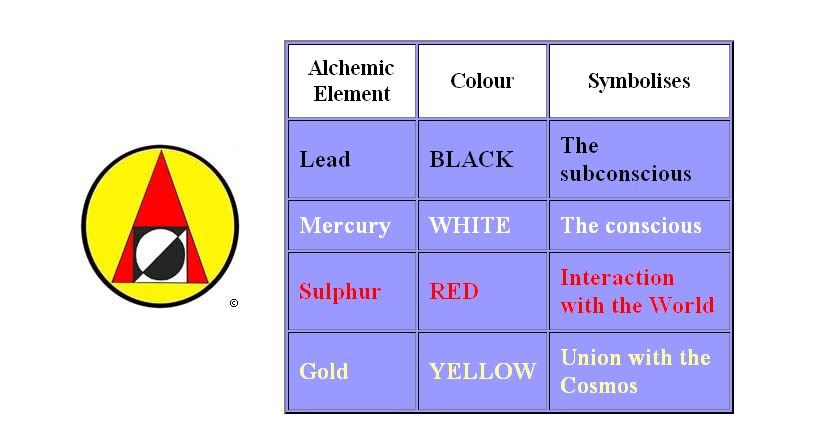



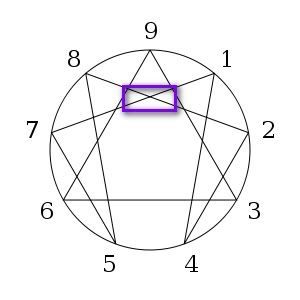

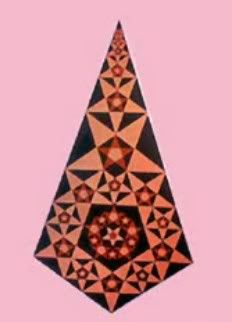
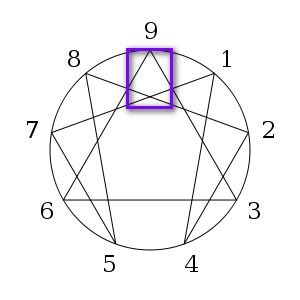
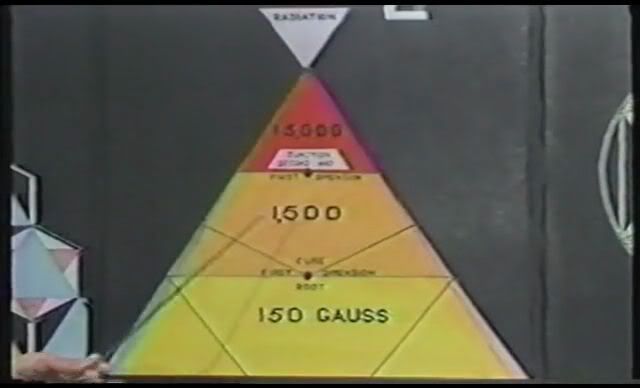

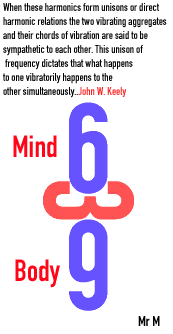
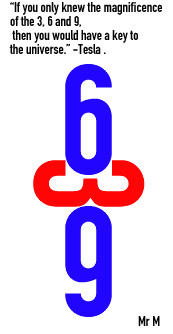
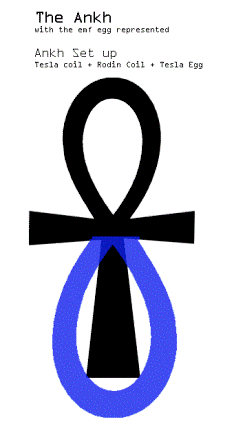

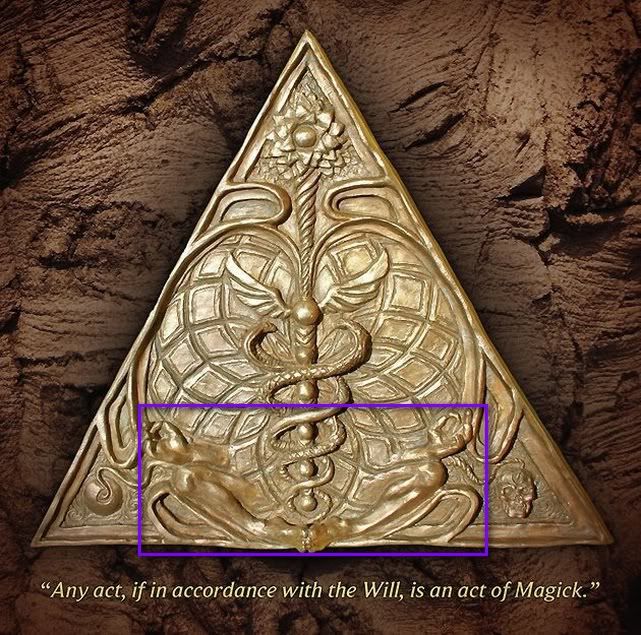
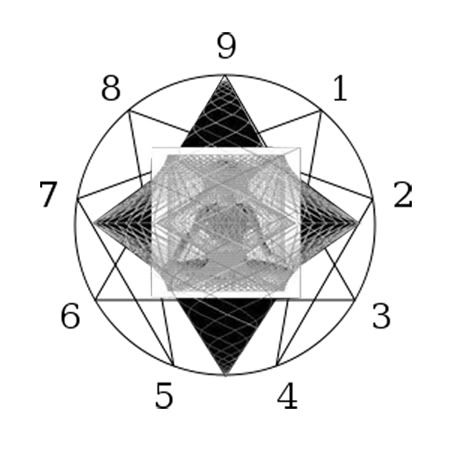


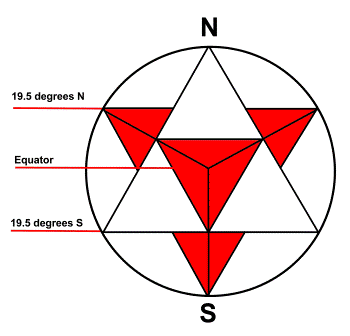


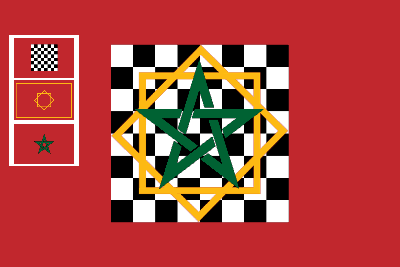



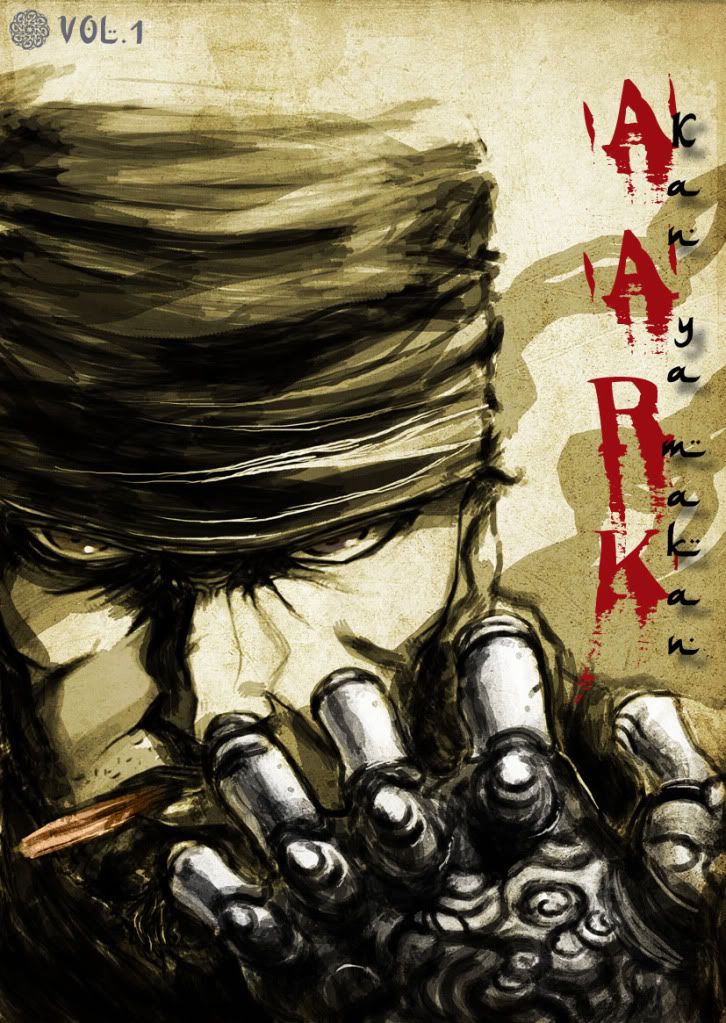
Comment